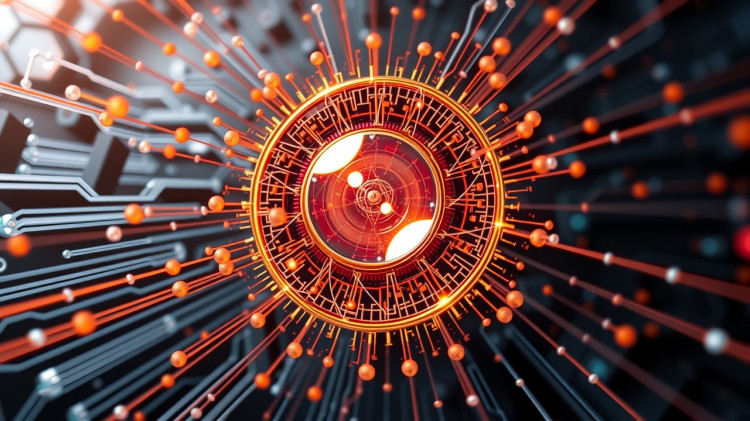
According to Chris Carter, modern computers might eventually appear like slow calculators in comparison to the machines of the future if we can fully utilize the potential of quantum physics
Developing a highly accurate model of the airflow through a jet engine should be relatively simple, right? It is really challenging. Because of the vast number of variables, it is actually beyond the capabilities of our most potent computers. Perhaps not for long, though. To solve the puzzle, Rolls-Royce, a manufacturer of aircraft engines, has teamed up with specialized businesses to create quantum computers.
You and I live in the "classical" world; what is a "quantum" computer? Albert Einstein outlined the principles of "classical physics" in his General Theory of Relativity, which govern what we see and how we interact with it. So far, it's very simple. Because of how well it works, Einstein's theory has been compared to a piece of art. It is "the most beautiful of theories," according to Russian physicist Lev Landau. There's only one problem. The General Theory of Relativity degrades at the level of atoms, which are minuscule objects that we cannot see but know exist. In other words, the classical world's physics laws cease to function.
This new and strange world of the very small required a new theory. Because "quanta" are the tiny components that make up larger things, like the photons (subatomic particles) that make up light, quantum physics, also known as quantum mechanics, can help with that. Evolution did not create humans with ape-like brains to comprehend this. The way things operate at that level simply doesn't make sense compared to the traditional world of Sunday football and walking the dog. Theoretical physicist Carlo Rovelli states in his book Helgoland (2020) that "in order to comprehend quantum theory, we must alter the grammar of our comprehension of reality." Perhaps that is outside the purview of this piece. However, how is any of this related to computers?
Navigating the maze of quantum mechanics.
The phone in your pocket and your laptop are two examples of what quantum physicists refer to as "classical computers." The rules of the classical world govern how they function. Traditional computers use "bits" to function. The smallest unit of information that a computer can process is called a "bit," which is short for "binary digit." A "on" electrical switch is equivalent to the number "1" in binary code, which is the "alphabet" that computers use, if you will. "0" is the equivalent of "Off". Bytes are made up of eight bits, KBs are made up of 1,024 bytes, and MBs are made up of 1,024 kilobytes. It is impossible for a bit to be both on and off, either 1 or 0. However, a bit known as a quantum bit, or qubit, can simultaneously be 1 and 0 in the quantum world of minuscule objects. Because of a phenomenon known as superposition, that is. It's similar to Schrodinger's cat.
Schrodinger's feline.
Our technological future could be shaped by the fascinating case of the cat that is simultaneously alive and dead.
The physicist Erwin Schrodinger, who was born in Austria, developed a now-famous thought experiment in 1935. When a cat is enclosed in a box, it is hidden from view. There is radioactive material in the box containing the cat. For the purposes of the experiment, if the radioactive material decays while the cat is in the box, an event that has a 50/50 chance of occurring (probability is a fundamental principle of quantum mechanics), it sets off a mechanism that releases poison into the box, killing the unfortunate cat.
However, until someone opens the box to check, there is no way to know if that event has occurred. The cat appears to be both alive and dead at the same time because its fate is unknown until that point. Cat dead or cat alive? Until the box is opened and probability turns into certainty, both possibilities are possible. The conventional "Copenhagen Interpretation" of quantum mechanics is based on the idea that the cat is simultaneously dead and alive. If that challenges your sense of credibility, keep in mind that the Many Worlds Interpretation (MWI), which proposes an endless number of "parallel universes," is one of the primary opponents of the Copenhagen Interpretation. An excellent introduction to this intriguing topic is provided by Rovellis Helgoland.
The question is, however, how a cat, a creature of our classical world, can exist in a quantum state. The answer is that it can't. Schrodinger only used the suffering cat as an example. Imagine an atom in place of a cat. An atom is in an extremely delicate state when it is in superposition. Decoherence is the result of the atom being shaken out of its quantum state by any external "noise" or interference. Decoherence eliminates the quantum effect of superposition. A cat's complexity makes it impossible to keep it in such fragile isolation. Despite how unlikely it may seem, decoherence can be caused simply by looking at the atom. The atom somehow "knows" it is being observed. Errors enter the computations when atoms in a quantum computer decohere. One of the main obstacles to developing quantum computers is preventing that from occurring.
Back to qubits. Atoms are composed of protons and neutrons in a nucleus that is encircled by electrons. The electron of an electrically charged atom, known as an ion, is the typical form of a single qubit, our quantum bit. That ion is maintained in delicate isolation within an "ion trap" by those who construct quantum computers. To prevent noise from jarring the atom from its quantum state, it is either placed in a vacuum or chilled to slightly above absolute freezing. An ion trap uses electric fields to hold the atom in place. Electrons spin. According to physicist John Gribbin's invaluable introduction to quantum computing, Computing with Quantum Cats, that "spin" is actually better understood as an electron pointing either up or down. In the computer binary code, "up" can be used to represent "0" in this case. The "down" stands for "1," and magnetic fields or microwaves can be used to control the individual electrons, or qubits. Your qubit, or quantum bit, is located there.
The capacity to carry out numerous computations at once is what truly distinguishes a quantum computer from its classical cousin. Always keep in mind that superposition allows a qubit to be both 1 and 0 simultaneously. If you give a classical computer the task of figuring out how to get out of a maze, for instance, it will attempt every path in turn until it finds the one that leads to the exit. In contrast, a quantum computer will just attempt each option simultaneously. A quantum computer will solve problems in hours or even minutes as opposed to millions of years for our most powerful computers.
However, one crucial component of the puzzle is still missing: how to connect qubits to perform a calculation.
The "spooky action" theory of Einstein.
Entanglement is a phenomenon that allows information to flow between qubits. When an electron in a quantum state (a qubit) is introduced to another qubit under the correct circumstances, the two become "entangled" and whatever happens to the first also affects the second. Even though they live so far apart, that is still the case. No one is aware of how. It was referred to as "spooky action at a distance" by Einstein. Indeed, he was "disgusted" by this phenomenon that he was unable to explain, according to Gribbin. It's real, though. It is the process by which data is transferred within a quantum computer.
However, more than two qubits are required for a truly effective quantum computer. Ideally, you would have at least a million, which is the goal of many companies producing quantum computers. There is still more work to be done, as IBM has currently achieved 1,180 qubits on a chip. However, new findings and achievements are constantly being made. Microsoft claims that its Majorana 1 chip, which it "introduced" in February, will "realize quantum computers capable of solving meaningful, industrial-scale problems in years, not decades." Majoranas are a recently discovered particle type that was previously thought to be hypothetical. Utilizing a novel material, the technology creates a superconductor that exists in a new "state of matter" that is not a solid, liquid, or gas. There should be fewer errors because Majorana particles are said to be more resistant to decoherence. Similarly, Google unveiled Willow, their own quantum chip, at the end of last year.
Reducing errors is essential if we ever want to solve complicated problems with lots of variables, like the "computational fluid dynamics" of the Rolls-Royce jet engine, which was discussed at the beginning. The development of new materials, pharmaceutical medications, and improved weather and climate change forecasting are all possible with quantum computers. However, the field of cryptographythe process of securing information, typically through encryptionis one where quantum computers might eventually pose an issue. An encrypted message or a complex password could take a traditional computer millions of years to decipher. Similar to our maze example, a quantum computer could take minutes to test every possibility simultaneously.
Banks, hospitals, spy agencies, and anyone else sending sensitive information are understandably concerned. It is even thought that hackers may have already taken encrypted data databases, which they can then decrypt once they have the necessary quantum computing power. However, we might have a lifeline right here. Remember that the quantum properties of a particle are altered just by looking at it in a quantum state. Therefore, the instant a hacker "looks" at encrypted data sent over a fiber-optic cable using quantum key distribution (QKD), which uses photons in superposition, the message is rendered unintelligible. Quantum computers appear to have countless potential applications.
Leading the charge in the quantum computing revolution is a British start-up.
South of London lies the charming town of Haywards Heath. Step outside the large Waitrose and the Burrell Arms pub by the roundabout as soon as you exit the train station. You reach a small trading estate after a little more travel. Some of the world's most sophisticated computers are being developed here by scientists. I'm here to visit Universal Quantum (UQ), a young company founded in 2017 by the University of Sussex.
In the preface of the revised edition of Computing with Quantum Cats, John Gribbin, a quantum physicist who also worked at the University of Sussex, makes reference to UQ. Despite its groundbreaking work, UQ feels very British, working alongside Silicon Valley's tech giants. An electrical engineer with a big smile rushes down the stairs to open the door instead of buzzing me in. Sebastian Weidt, the CEO and co-founder of Universal Quantum and a professor of quantum computing, is waiting for me in the staff canteen, known as the "Entanglement Zone," as he wraps up a call with investors. There is a dog bowl on the ground. I was informed that Universal Quantum is pet-friendly, but Schrodingers cat descendants will likely want to avoid it.
Weidt enters the room with a brisk gait, dressed in blue jeans and tall and youthful. Seb, as Weidt likes to be called, tells me as we settle into the Entanglement Zone sofas that UQ is a proudly British company. FTSE 250-listed Oxford Instruments is one example of a fantastic start-up that has emerged from one of our universities. In order for us to all invest in the company, I ask Seb directly when he plans to list it on the stock exchange. He says that there aren't any plans, but he doesn't rule anything out. Sadly, we will have to support UQ from the sidelines for the time being as there are no investment trusts among the shareholders either.
Early on following UQ's founding, it was proposed that the business locate in the United States. Although Universal Quantum does have offices in the US and Hamburg, Germany, the founders rejected the idea and decided to start in Brighton. Innovate UK's Industrial Strategy Challenge Fund awarded UQ a 7.5 million grant in 2021 to work with Rolls-Royce and other partners to develop a scalable quantum computer for the aerospace sector. In November 2022, a 67 million contract to construct two machines for the German Aerospace Center (DLR) was signed with the German government.
The largest supplier of quantum computers to the UK is UQ. However, Seb states that he would really like to see the British government "step up" given the experimental nature of the science. According to him, UQ is "an engineering-focused company." Along with suppliers, like those who produce the silicon wafers for the chips instead of UQ, the company works closely with its clients to develop machines in accordance with specific needs. According to Seb, that may not sound all that exciting, but it lowers expenses and streamlines development. It strongly aligns with UQ's pragmatic approach, which insists on being realistic about the significant obstacles involved in creating quantum computers. He claims that investors are aware of the enormous potential of quantum computing. However, when new innovations are introduced, people may become naive. He specifically criticizes the media's frequent interpretation of ostentatious news releases from companies like IBM and Microsoft. He advises, "Don't be sidetracked by pretty numbers." Qualityor how error-resistant they areis more significant than the quantity of qubits that can be packed onto a chip. Between 50 and 100 qubits were present in the machines built for Germany's DLR.
The other thing to think about is "scalability." A quantum computer typically requires more power as it gets larger, mostly to keep it cool. However, the computers built by UQ "don't need a nuclear powerplant" to function. UQ uses less power because it maintains its chips in a vacuum environment. This facilitates scaling, which UQ accomplishes by using modular design for its computer construction. Seb and his colleagues published a blueprint paper called "Blueprint for a microwave trapped ion quantum computer" just before UQ was established. It contains a "how to" guide for creating a scalable quantum computer.
One of the more mundane ways that quantum computers could enhance our lives is through the NHS's effective use of hospital beds. However, Seb sees a role in defense as well. He notes that the first classical computers were created during World War II. In the future, for example, information from combat zones will be processed by quantum computers. He warns that "it's important the UK develops a sovereign capability" because whoever does that first will have the advantage.
A tour of UQ's production and research facilities is given to me by Seb. I can see two engineers working on a quantum computer in a room that is off-limits to us on a television screen. In addition to a model of a chip suspended in a vacuum chamber, a scale diagram illustrating the relative sizes of zero qubits to one million or more is displayed on the wall. Seb asks me to list the one issue I would most like to see resolved by quantum computers on a Post-It note. Among the various Post-Its with a pharmaceutical theme, I noticed that Seb places my piece, "A cure for cancer," at the top of the scale. That implies, albeit anecdotally, a widespread social desire, even though we are still a long way from reaching our objectives. I mention as I go how amazing it is that we have working quantum computers at all in this day and age. Seb concurs that these machines offer "really exciting" opportunities. "And it's crucial that we carry it out in Britain.


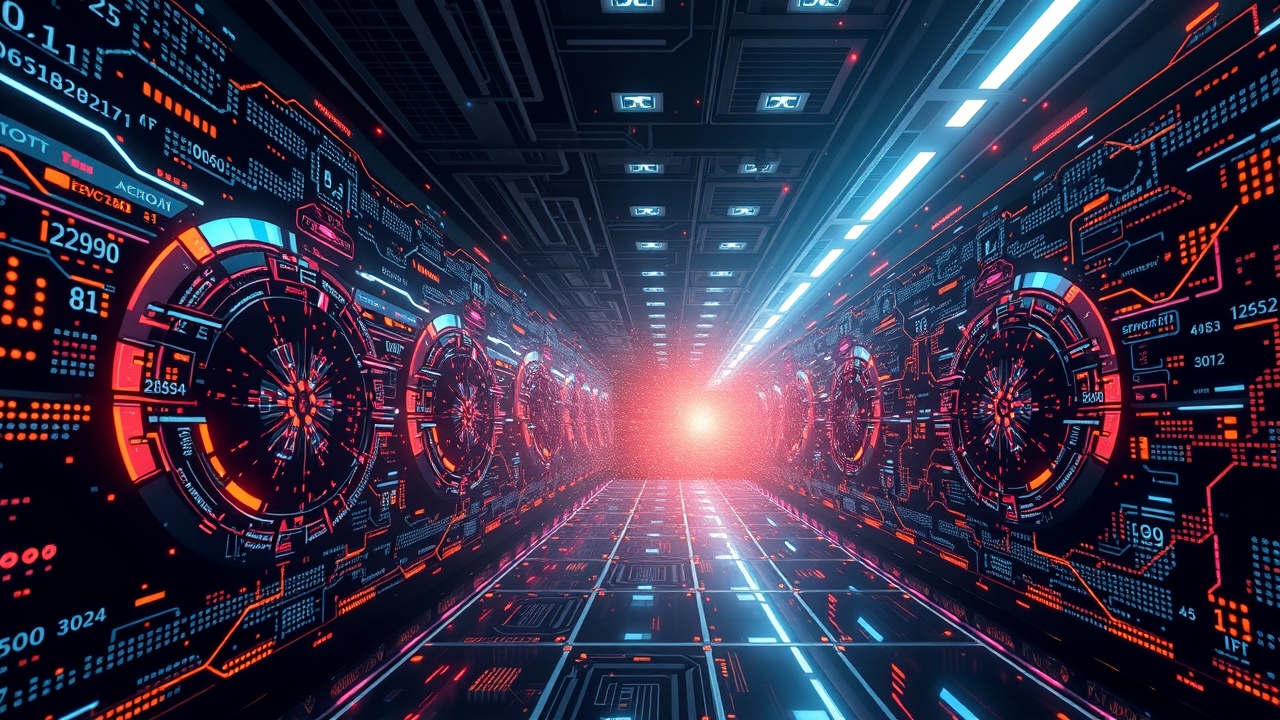
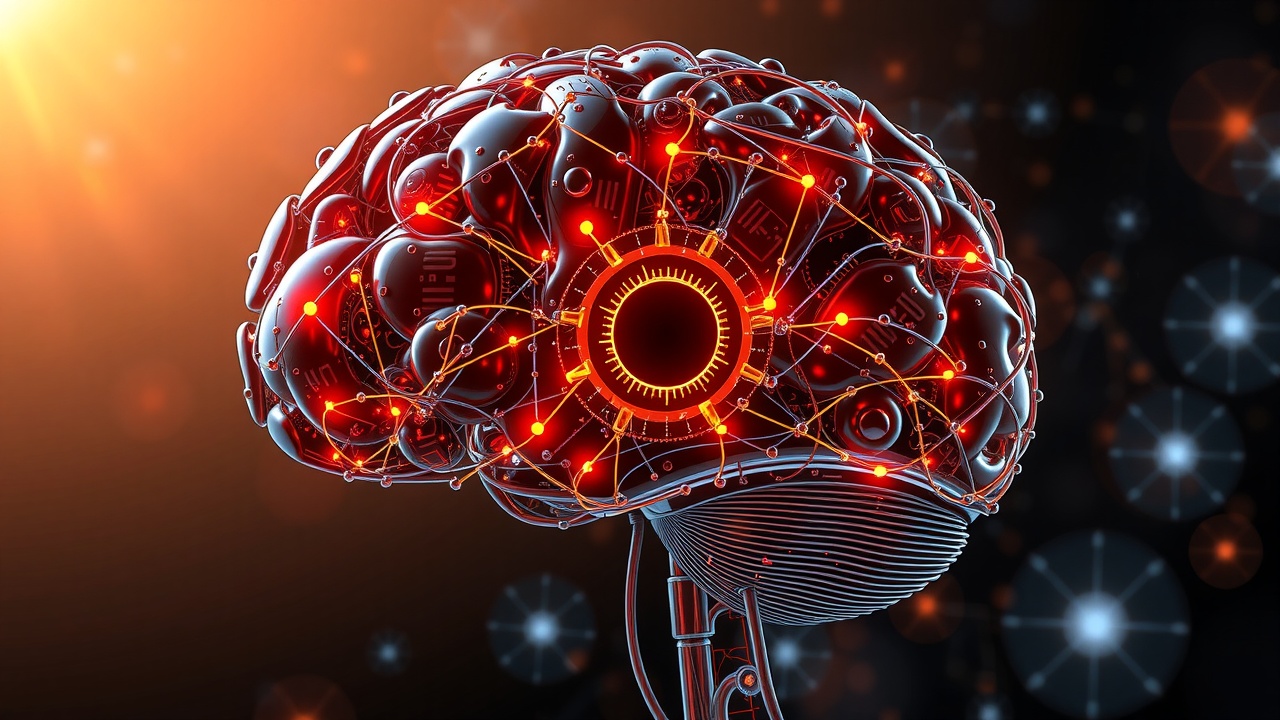
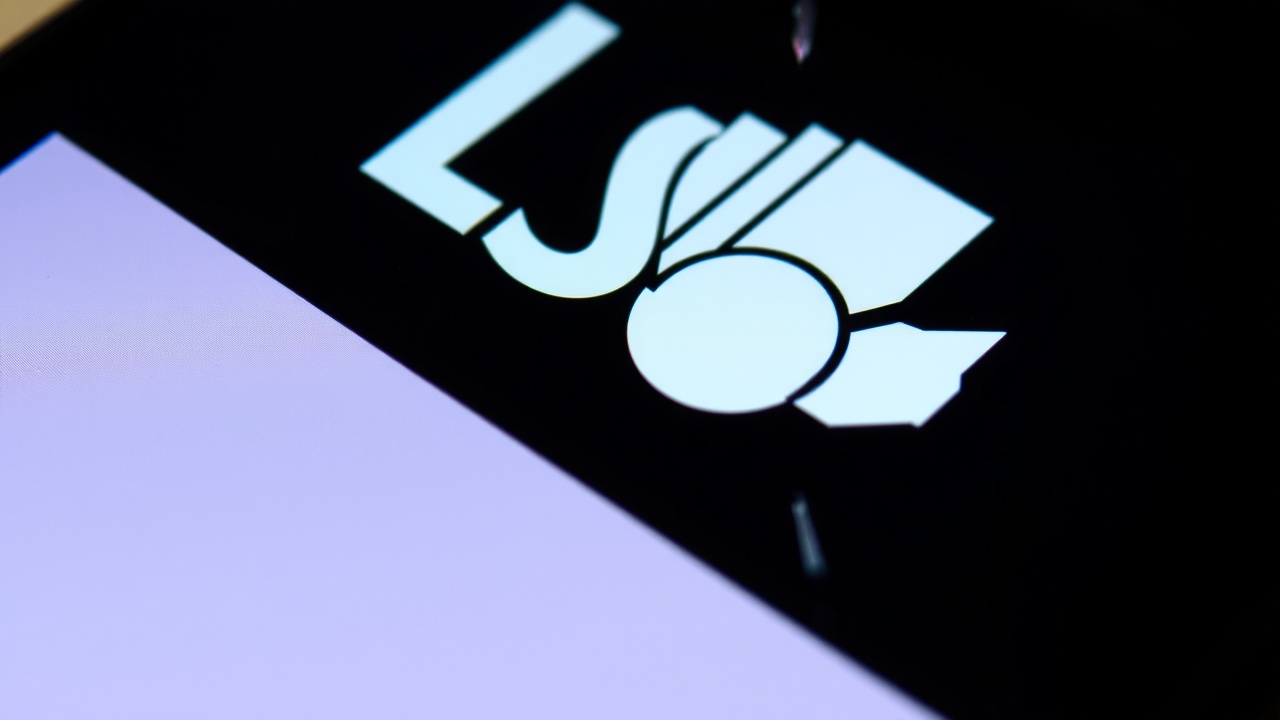
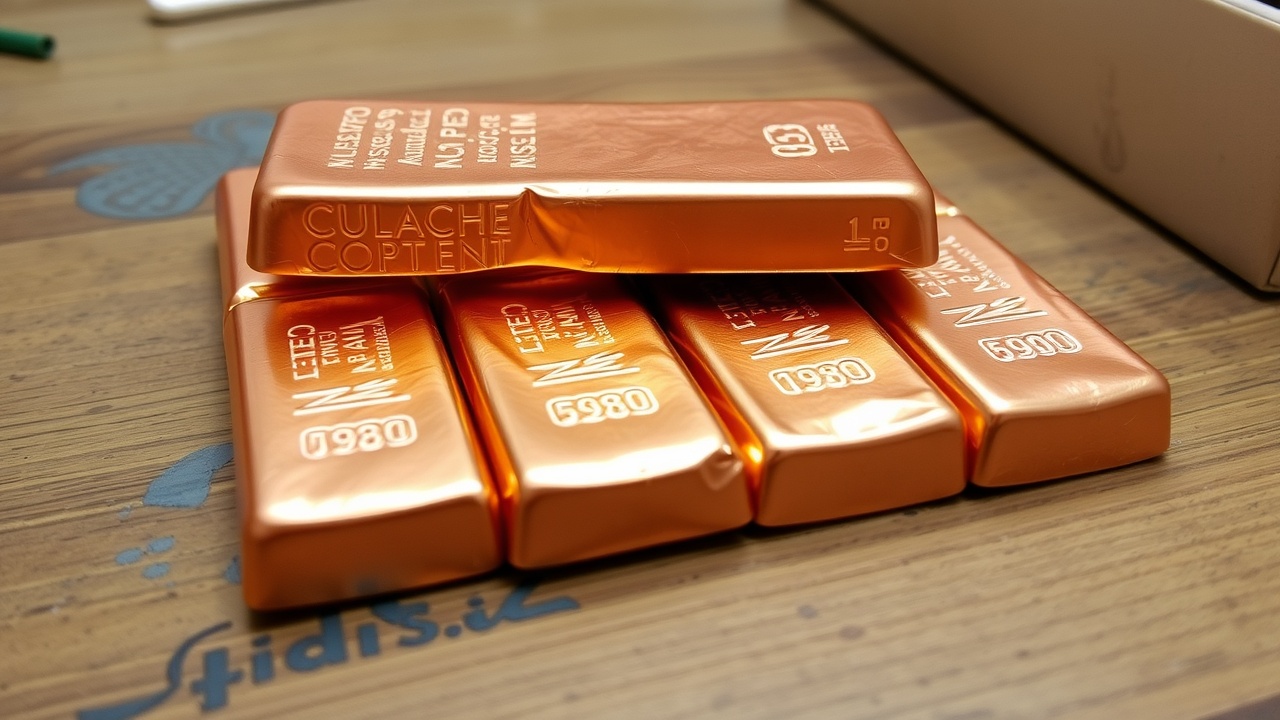








Leave a comment on: Quantum computing is a strange world